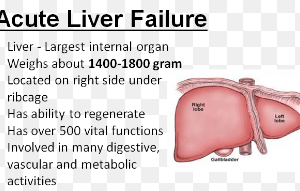
Normally, a premature ventricular contraction is nothing to worry about, but if you get too many, this can be linked to chronic heart failure.
A study that appears in the July 14, 2015 Journal of the American College of Cardiology links PVC’s to heart failure.
The study spans over 10 years and 1,139 subjects.
“We cannot exclude the possibility that PVC’s are some marker of future heart failure,” says Gregory Marcus, MD, in the paper.
The study participants did not have a history of chronic heart failure, and ultrasounds revealed a normal left ventricle as well.
Should You Panic?
Keep cool. The biggest risk factors for chronic heart failure are a sedentary lifestyle, neglect of exercise, uncontrolled high blood pressure, atrial fibrillation, untreated sleep apnea, smoking, obesity and a heart-UNhealthy diet.
• The relationship of the frequency of PVCs, CHF incidents and death are not known for the general population.
When to See a Doctor
Nevertheless, if you believe you’re having tons of premature ventricular contractions, you should see a cardiologist.
“If you have very frequent PVC’s it can lead to congestive heart failure,” says Yaser Elnahar, MD, a cardiologist with Hunterdon Cardiovascular Associates in NJ.
“Cardiologists usually measure how many PVC’s in 24 hours with a Holter monitor. By having frequent PVC’s the heart is out of rhythm.”
You may not feel many of your premature ventricular contractions. Some people have thousands over a period of several months and are not aware or don’t “feel” the erratic heartbeats.
“The frequent PVC’s cause irregular heart beating and being out of rhythm,” says Dr. Elnahar.
“The heart is most efficient when the top part of the heart (atria) drain blood into the bottom part (ventricle). The resultant volume is pumped to the rest of the body.
“In a PVC the ventricle (bottom) part is pumping prematurely before the blood is drained from the top part.
“Hence, it makes the heart work harder, because the heart is starting a new cycle before completing the first cycle and getting a chance to rest.
“The resting phase is the part where the heart rests in between beats.”
How many PVC’s are frequent?
Here is an article in which cardiologist David N. Smith, MD, explains about the frequency of PVC’s per minute, per hour and per day – as far as what’s dangerous and what’s nothing to worry about.
 Dr. Elnahar has publications in the Journal of Atrial Fibrillation, the Journal of Clinical Medicine and Research, Reports in Medical Imaging, and more.
Dr. Elnahar has publications in the Journal of Atrial Fibrillation, the Journal of Clinical Medicine and Research, Reports in Medical Imaging, and more.
 Lorra Garrick has been covering medical, fitness and cybersecurity topics for many years, having written thousands of articles for print magazines and websites, including as a ghostwriter. She’s also a former ACE-certified personal trainer for Bally Total Fitness.
Lorra Garrick has been covering medical, fitness and cybersecurity topics for many years, having written thousands of articles for print magazines and websites, including as a ghostwriter. She’s also a former ACE-certified personal trainer for Bally Total Fitness.
.


























